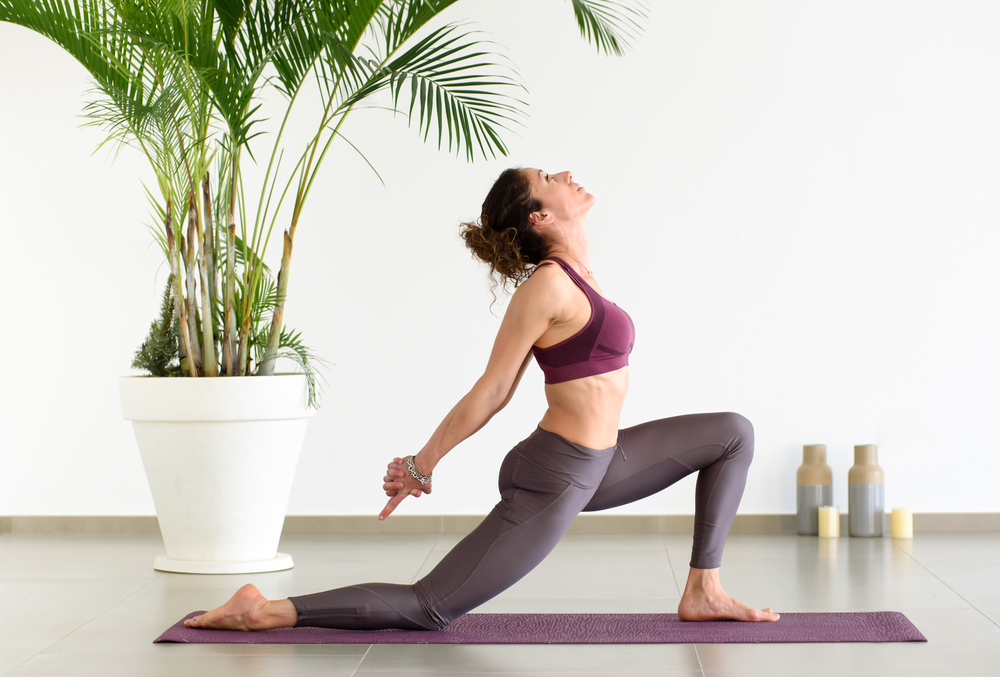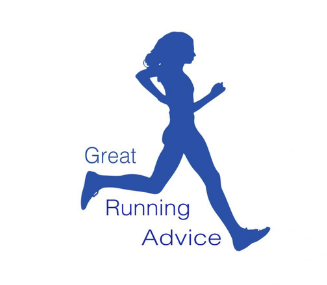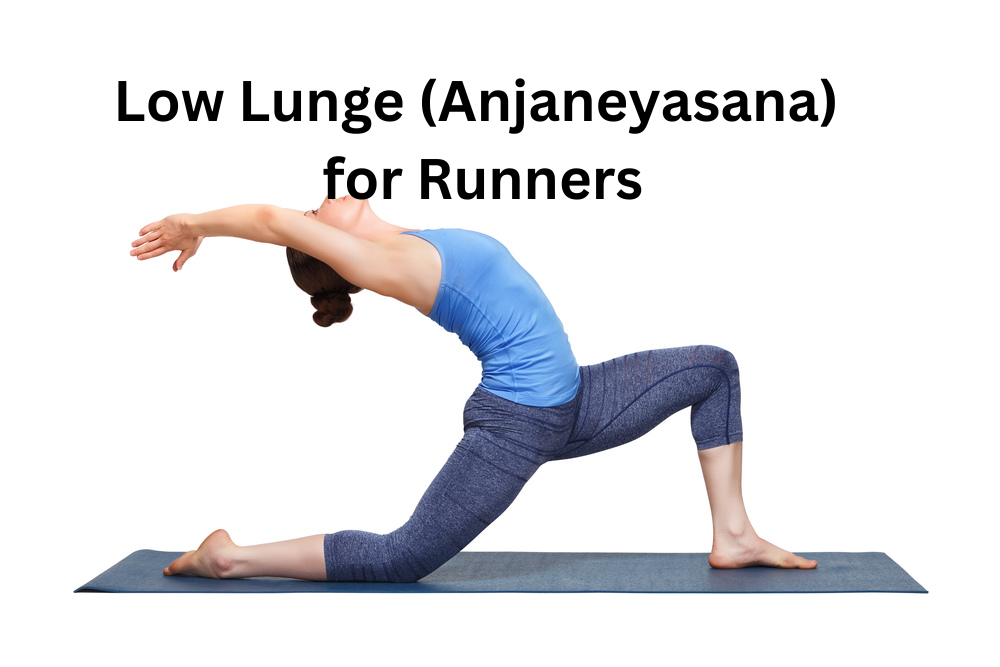Running is a popular form of exercise that offers numerous health benefits. However, runners often experience tightness and stiffness in their muscles and joints, leading to discomfort and injury. One way to counteract these issues is by incorporating yoga into your routine. This article will focus on a specific yoga pose called Low Lunge (Anjaneyasana) for runners and its benefits for runners and provide a step-by-step guide on how to perform this pose. This is one of the best yoga poses for runners.
Benefits of Low Lunge (Anjaneyasana) for Runners

The Low Lunge is a beneficial yoga pose for runners for various reasons.
- Increases hip flexibility – Running can cause tightness in the hip flexors, reducing mobility and discomfort. Therefore, a low Lunge helps stretch and open the hip flexors, promoting flexibility and reducing tightness.
- Stretches the hamstrings and quadriceps – The Low Lunge provides a deep stretch for both the hamstrings and quadriceps, two essential muscle groups for running. Therefore, this stretch can help improve flexibility, reduce muscle soreness, and prevent injuries.
- Strengthens the lower body – This pose engages and strengthens various muscles in the lower body, including the glutes, quadriceps, and calves. Henceforth, stronger muscles can help improve running performance and reduce the risk of injury.
- Enhances balance and stability – A low Lunge challenges your balance and strength, essential for maintaining proper running form. Therefore, practicing this pose can help improve your overall balance and coordination.
- Promotes proper alignment – When performed correctly, the low Lunge encourages proper alignment in the spine, hips, and legs. Hence this can help improve your running posture, thus reducing the risk of injury.
How to Perform Low Lunge (Anjaneyasana)
Follow these simple steps to perform the Low Lunge pose.
- First, start standing (Mountain Pose) at the top of your yoga mat.
- Inhale and step your right foot back, placing it on the mat with the toes pointing slightly outward. Keep your left foot firmly planted at the front of the mat.
- Exhale and bend your left knee to lower your right knee to the mat. Your left knee should be directly above your left ankle, forming a 90-degree angle.
- Inhale and lift your torso, raising your arms overhead. Keep your palms facing each other, or bring them together in a prayer position.
- Exhale and gently press your hips forward, deepening your right hip flexor stretch. Make sure to keep your core engaged and your spine long.
- Hold this pose for five to ten breaths, maintaining a steady and relaxed breath.
- To release the pose, exhale and lower your hands to the mat. Then, step your right foot forward to return to Mountain Pose.
- Repeat the pose on the other side, stepping the left foot back and bending the right knee.
Tips and Modifications for Low Lunge (Anjaneyasana)
- Use a yoga block – If you have difficulty reaching the floor, place a yoga block or a folded blanket under your hands for extra support.
- Adjust knee position – If you experience discomfort in your back knee, place a folded blanket or a cushion under your knee for added padding.
- Keep your front knee aligned – Ensure your front knee is directly above your ankle and track over your toes to avoid putting unnecessary strain on your knee joint.
- Maintain a strong core – Always engage your core muscles throughout the pose to protect your lower back and maintain stability.
- Don’t force the stretch – Always listen to your body and only go as deep into the stretch as comfortable. Never force your body into a position that causes pain or discomfort.
- Warm up before practicing – As with any yoga pose, it’s essential to warm up your muscles before practicing Low Lunge. Always spend a few minutes doing some light stretching or a few rounds of Sun Salutations to prepare your body for the pose.
Incorporating Low Lunge (Anjaneyasana) into Your Running Routine
To reap the benefits of Low Lunge for your running practice, consider integrating it into your routine in the following ways.
- Post-run stretch – After a run, practice Low Lunge on each side to help stretch your hip flexors, hamstrings, and quadriceps. This can help reduce muscle soreness and improve recovery.
- Yoga for runners – Include low lunge in a yoga sequence designed specifically for runners. Always combine it with other beneficial poses, such as Downward-Facing Dog, Pigeon Pose, and Triangle Pose, to create a well-rounded practice that targets key muscle groups for running.
- Pre-run warm-up – Practice a modified low lunge as part of your pre-run warm-up routine. We can Instead of holding the pose for an extended period, move in and out of the pose several times to warm up and loosen the muscles.
- Balance and stability training -By incorporating a low lunge into your balance and stability training to improve overall coordination and body awareness. This can translate to better-running form and reduced risk of injury.
Conclusion
Low Lunge (Anjaneyasana) is a valuable yoga pose for runners, as it helps improve flexibility, strength, balance, and overall muscle function. Incorporating this pose into your running routine can enhance your performance and reduce the risk of injury. Always listen to your body, practice proper alignment, and modify the pose to suit your needs. Happy running and happy stretching!

